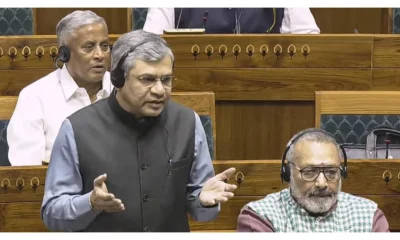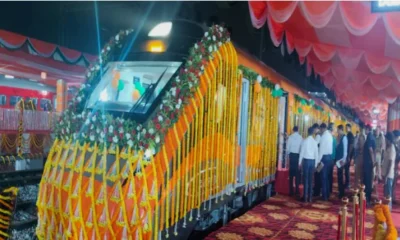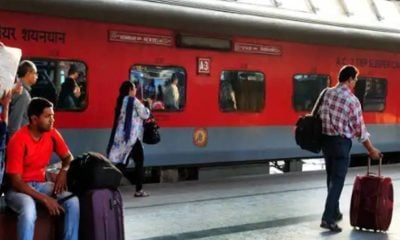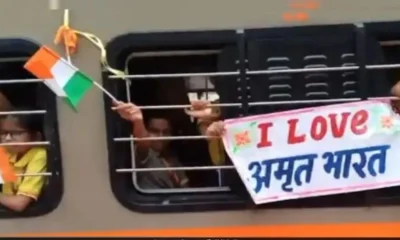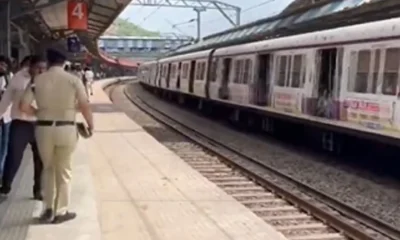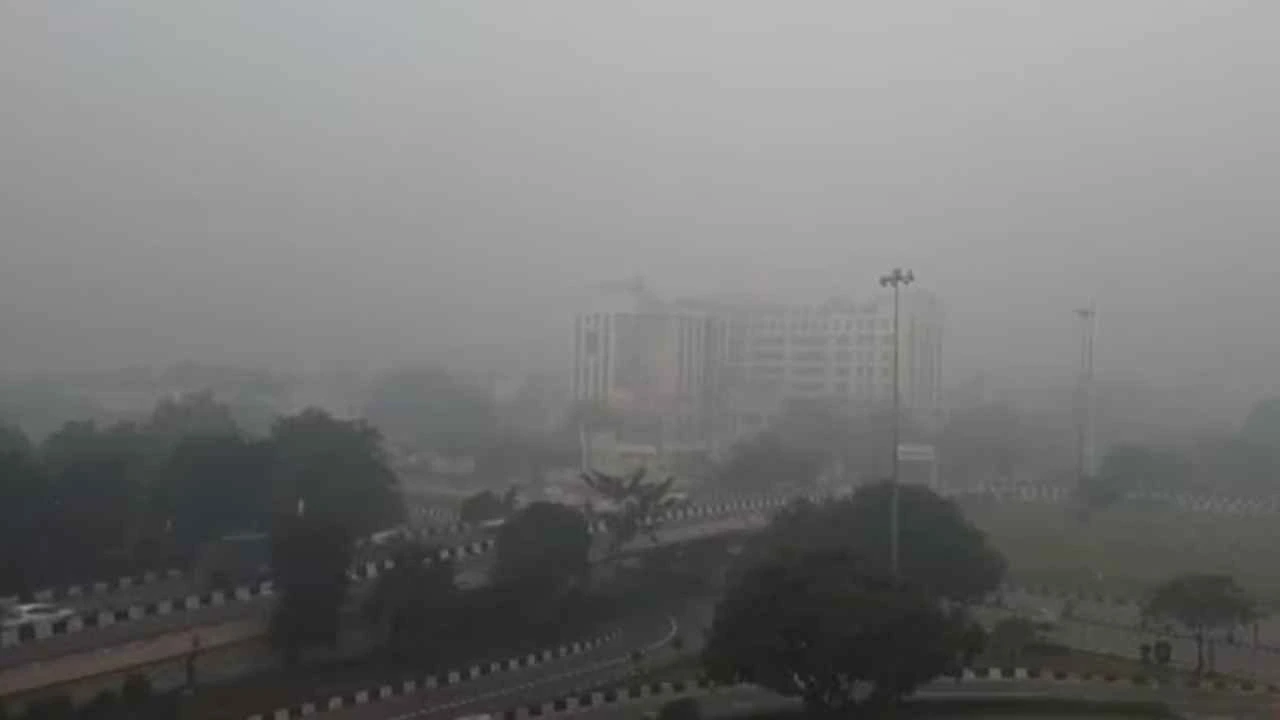[vc_row][vc_column][vc_column_text]Some platforms may soon host shaadis
By Sujit Bhar
Indian Railways is on a rebranding drive it says, this process having started from its last financial year. It says it wants to look new, improved. Recent announcements, however, have taken the people by surprise.
Here are two news items that one may find a bit strange.
The first says that railway platforms may soon host wedding receptions. The railways want to rent out platforms at less busy stations for wedding receptions and even other functions. As a test case, the Indian Railways has chosen two “safe” locations, the Surat and Navapur stations, in Gujarat and Maharashtra, respectively.
A proposal to this effect has been sent to the ministry for approval, a report says.
A senior railway official has been quoted as saying: “Surat station is massive, and there are people there who would actually pay to have their wedding receptions or parties on platforms as well. We will propose platform No. 4 for the project as it has two-three booking offices, which is ideal for these kind of functions,” he added.
The second news item shows the capitalist motive within the somewhat socialist objectives of Indian Railways.
It says that the fourth largest railways in the world (after the US, China and Russia) will now be branding not only its trains but also the stations. Technically it is possible that multinational companies such as Pepsi or Coca-Cola could be in the fray, as well as Indian specials such as Reliance or Tata Motors, maybe.
The idea is to keep fares at its current levels (which have, anyway, become less poor-friendly with the introduction of surge pricing), while earning better returns from the branding exercise. Whether such branding exercises would be extended to freight trains is not clear.
The proposal, as reported, is not just for providing ad space. It would be a package, where the “sponsor” would be able to do its branding exercise inside as well.
These were probably necessitated when the railways were slipping into deep deficits, coming out of the once surplus era.
A quick look at its finances – as Railway Minster Suresh Prabhu has admitted in Parliament, the system itself remains unproductive – reveals the following.
The railways’ operating ratio was a sad picture today, explained the minister. He said that for every rupee gained, the railways was spending 92 paise on just operations. This was as steep fall from the days of railway minister Lalu Prasad Yadav (2004-2009) when Indian Railways allegedly managed a massive surplus, inviting studies from Ivy League colleges. Yadav was invited to lecture at eight Ivy League schools including Harvard and Wharton.
So what happened suddenly? It seems that there was some number fudging involved, and the Comptroller and Auditor General (CAG) had refuted Lalu Prasad Yadav’s claims. The uplift of the railways, said the CAG was more of a “cosmetic exercise,” according to an agency report.
It was somewhat like the case of showing that single crocodile chick over and over again. It was, the CAG had said, a “new practice of issuing a statement of cash and investible surplus”. How did this happen? The CAG pointed out that the claim made by Lalu (in 2004), of a “profit” of Rs 25,000 crore, actually covered this “cash and investible surplus”.
It was just a fudging of the books, in which this was not included in the “net surplus”. Sadly, the so-called “cash surplus” included the money available for paying dividend, contribution to the Depreciation Reserve Fund used for renewal or replacement of existing assets. It also included other funds for investment, the agency reported.
It was a huge fall from grace for the Indian public sector behemoth. Now that the Railway budged is part of the main Union Budget, there will not only be a huge budgetary crutch provided, but also a leeway to escape [public scrutiny.
This branding process should also help.
Last year the railways had announced that 400 ‘A-1’ and ‘A’ category stations “shall be offered to interested parties for redevelopment on ‘as is where is’ basis.”
This is a large number and one has to wait and see how it works out.[/vc_column_text][/vc_column][/vc_row]


